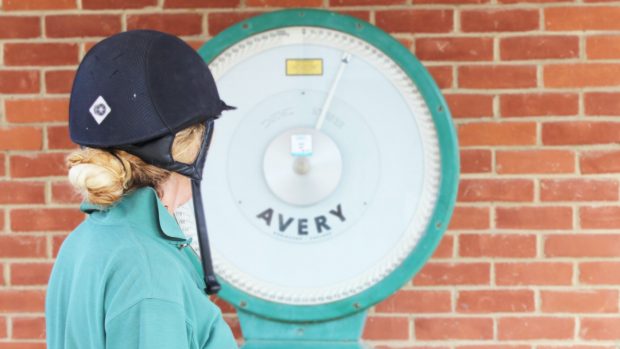The “back man” has a mythical status in many yards. Everyone knows someone (or, at the very least, someone’s instructor’s sister’s friend) who was on the verge of having a horse put down when the back man pulled off a miracle.
“Anyone can say they’re a horse back manipulator and set themselves up in business,” says Yorkshire-based vet Mike Jones, who specialises in equine physiotherapy.
“There are enough people doing that with no qualifications and no experience. Some of them can certainly do some good. Most of the time, they’re relatively benign and employing them is simply a waste of time, money and effort.
“I have seen one or two catastrophic cases where a horse was actually suffering from a fractured pelvis and a so-called back man picked up its hind leg and waggled it around.”
Are you breaking the law?
It is an offence for anyone, other than the owner, to treat an animal without the permission of the vet. This is to ensure that a proper diagnosis is made and any medical or complementary treatment is appropriate.
The Protection of Animals Act means that owners who allow an animal to be treated without veterinary consent are themselves liable to prosecution. Similarly, indemnity insurance held by any practitioner would be invalid if permission had not been sought and received.
This law refers only to the manipulative therapies, which are, anyway, those most commonly used when a horse has a back problem.
These include:
Other possible treatments such as acupuncture and homeopathy can only ever be carried out by a specially trained vet.
Is your vet helping?
“Historically, I think the veterinary profession has shot itself in the foot,” he admits. “When I was training, I was taught that the only things that go wrong with a horse’s back are fractures and the only option is to put the horse down,” says Mike Jones.
Attitudes are changing. The natural suspicion of doctors for anything that can’t be comprehensively backed by statistics and science is slowly being overcome as college courses improve and dissertations and research provide more detailed information.
“Back problems are still under-diagnosed,” admits Mike. “It’s a very difficult area of the horse to deal with. It’s covered by muscles, you can’t really see what’s going on, and it’s not an area you can readily take X-rays of.
“Vets need to work closely with people who are qualified in this field to dispel the myth and try to sort out rational treatment.”
Who is really qualified?
Anyone using the word McTimoney in a description of their work has to have trained at the college, which will provide a list of qualified practitioners (tel: 01235 523336; www.mctimoney-college.ac.uk).
To call themselves a chiropractor, people must also have a human chiropractic qualification and be a member of the General Chiropractic Council.
The Association of Chartered Physiotherapists in Animal Therapy (ACPAT; www.acpat.org.uk) runs a postgraduate diploma or MSc in veterinary physiotherapy, in collaboration with the Royal Veterinary College. Only ACPAT members with this qualification can use the title “veterinary physiotherapist”.
The term physiotherapist itself is not protected, meaning that anyone can use it, but a “chartered physiotherapist” does have a high level of academic and practical training in human physiotherapy. ACPAT recommends that all owners choose a practitioner with the letters SRP (State Registered Physiotherapist) after their name.
There are several different animal massage courses and qualifications, but the entry requirements and length of training vary wildly.
Members of the Equine Sports Massage Association have completed a nine-month diploma after finishing a human course and showing extensive equestrian experience. Registered members (listed at www.equinemassageassociation.co.uk) are insured and are also required to do a set amount of training each year to keep them up-to-date with developing techniques.
So where should you start?
“I am very wary, especially of people who lay on hands and say they know what’s wrong,” says Mike Jones.
“There can always be underlying medical conditions that must be ruled out by a qualified vet. Fractures and muscle or bone damage can be severely aggravated by the manipulation that goes on.”
If your vet can find no such problem but is unhelpful about referral, Mike recommends contacting a qualified physiotherapist direct.
“They will then discuss any objections and ask for access to the horse’s medical records. It would be borderline unprofessional for a vet to refuse to hand over information,” he says.
“Some of the techniques that have been developed do a lot of good in cases where veterinary medicine has no answers.”
Is it a back problem?
These are all indications that a horse may benefit from one of the manipulative therapies provided by most “back men”:
It is also worth asking your vet for a referral if the horse has been cast, suffered a fall or other trauma or shows any significant change in behaviour.
What should you expect?
|
||
 |
||


 Get up to 19 issues FREE
Get up to 19 issues FREE TO SUBSCRIBE
TO SUBSCRIBE 



